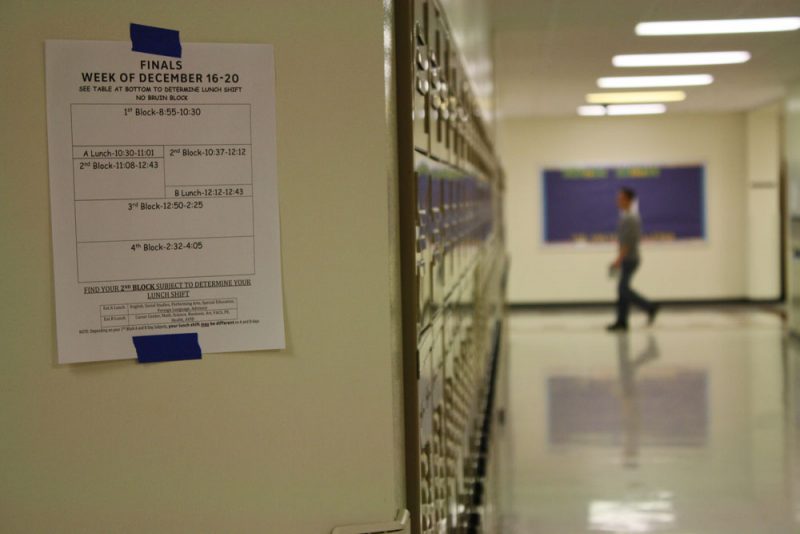With March on the horizon, students look forward to the week-long spring break and the oncoming three-month, summer break afterward. Almost all students take these breaks as a godsend, believing that Columbia Public Schools (CPS) determines school year scheduling based on their own agenda and wishes
Contrary to popular belief, CPS — along with all public school districts in Missouri — have legal requirements that have to be fulfilled each school year. Michelle Baumstark, Community Relations Director for CPS, reports that while the district has some control in scheduling the school year, ultimately, the Missouri Department of Elementary and Secondary Education (DESE) mandates that school districts meet a minimum number of school days, which has the biggest influence on how the CPS Calendar Committee, made up of teachers and administrators from around the district, plans the upcoming school years.
“The state requires the number of days and minutes we have to be in session by law,” Baumstark said, “174 [school] days or 1,044 hours is the minimum. We are also required by law to build in 6 snow days.”
Although DESE doesn’t directly impact the length and time of breaks during the year, the same regulations that control how many days are in each school year impact the decision-making process for determining the duration of each break and when it is. Baumstark sees the difficulties in planning for each school year, including other factors than legal requirements. This balancing of influences results in many drafts of school calendar each year.
“We have to consider community events, holiday dates (federal, state), when MU takes its breaks, [and] federal and state elections,” Baumstark said. “We plan the calendar two years in advance in order to allow for parents and the community to plan ahead. Once draft calendars are created, they are shared with parents and the community for feedback. That feedback is then used to make any tweaks before it is presented to the Board of Education for its consideration.”
Although the school district has to plan around many obstacles, some students believe the Calendar Committee still fails to hit the mark. Senior Alex Geyer believes that while the duration of breaks are fair, he thinks that breaks should be spaced out better throughout the school year.
“For the schedule we have now, [breaks] are satisfactory,” Geyer said. “However they could be spaced better throughout the school year. I feel like breaks are too few and far between. Summer break causes people to lose much of what they have learned and is too long. The lack of a long break until winter break leaves a whole semester of work that drains students energies.”
Once the finalized schedule submitted by the Calendar Committee is approved, teachers, students and families have to begin planning around what is set in stone. For Kevin Taylor, who teaches both Honors Precalculus and Advanced Placement Statistics, planned days off have little impact on how he teaches his courses. Winter and Spring breaks, however, have a larger impact on the curriculum taught for his classes.
“You try to be done with the unit before break if you can, just because it’s hard to retain information over a long break,” Taylor said. “You’re mainly trying to make sure that you’re done with the whole unit.”
Unexpected breaks, however, due to inclement weather or other reasons, have had a large impact on how he runs his classes and continue to complicate the ways to teach the curriculum fairly and at the same rate for both A and B day classes.
“When I had the same class on A and B days in the past, it became a logistical nightmare trying to keep track of the curriculum,” Taylor said. “But I don’t have that problem this year. I think that the biggest challenge, though, is when you have many absences that make it hard to maintain the momentum of learning in class.”
While teachers face difficulties when faced with unplanned days off school, students, on the other hand, are content with breaks. Senior Alex Geyer finds breaks are necessary for students, especially high schoolers, who are faced with increasingly stressful schedules. Additionally, Geyer thinks that breaks are crucial for teachers, believing that breaks relieve some of the stress teaching entails.
“[Breaks] are essential for all students who have busy and stressful schedules to finally get a break from their daily routine and at least be able to relax at home if they do not travel,” Geyer said. “Teachers need the breaks as well because all workers should have vacation time during the year or they will become just as stressed as students. Breaks for teachers also allow them to catch up on grading that they may have procrastinated or fell behind on.”
RBHS discusses requirements for scheduling
February 27, 2018



















































































